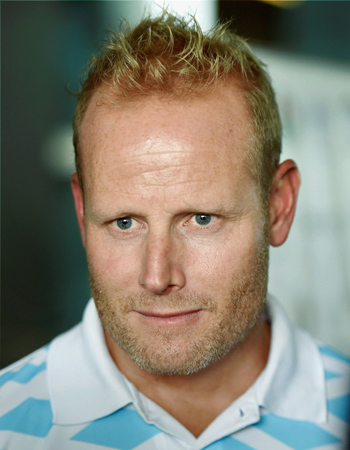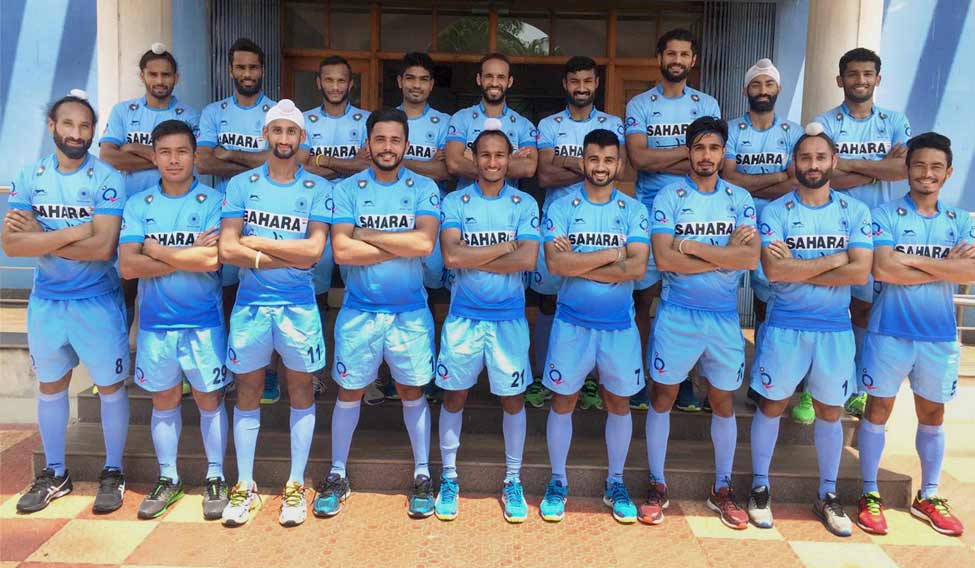It’s interesting when people underline 2018 as a defining year for Indian hockey. Honestly, every year since 1975, when we last won the World Cup, has been definitive. Or to a lesser extent, 1980 Moscow Olympics, when we won the Olympic gold, last, has been defining. It’s been 42 years since Ajit Pal Singh’s men won the World Cup in Kuala Lumpur beating Pakistan in the final. And it’s been 37 years since we won an Olympic title. Critics would say that Moscow was a boycotted Olympic Games; the super powers didn’t play it except Spain who we beat in the final. So, that takes us back to 1964 Tokyo when we last won a ‘true’ gold—53 years ago, more than half a century! And you would realise that we, as a nation, have been trying to ‘define’ ourselves ever since.
But critics, honesty, fairness, everything put aside, this year is a kind of make or break year for Indian hockey. It’s our best opportunity to stamp our presence, our style (once again), and really make it special. Only one tournament this year gives us home advantage and that is the year-ending World Cup to be played in November-December in Bhubaneswar, when 16 of the best in the world will assemble. India, critics and fans believe, has the opportunity of a lifetime to reach the podium.
Home advantage is like dope in a way. It’s the fans who push each home player to play beyond one’s own beliefs. A brain that is fading fast in the fourth quarter, muscles that are screaming for rest are suddenly awash with fresh energy, flowing adrenalin, extra boost as the body moves to the drum beats and screams of the fans. That is where the composition of the team, a good support cast (staff) and the year-long array of tournaments would help. Nobody has promised the podium yet. Except for one man who didn’t become coach but is now in charge of the women’s team—Harendra Singh, the 2016 Junior World Cup-winning coach. “Make me coach and I will give you the podium.” They gave him the women’s team and there is optimism in the women’s camp that this July, at the World Cup in London, the women’s team has a wonderful chance of playing the quarterfinals. Across four quarters with an adept and fit team, anything is possible.
 Coach Sjoerd Marijne | PTI
Coach Sjoerd Marijne | PTI
Not to say that the men’s team prospects are poor. India play the Commonwealth Games (April, Gold Coast), the Asian Games (Aug, Indonesia) and the World Cup (Nov-Dec, India); in between we also jet into Malaysia to participate in the Azlan Shah (March, Ipoh), play the Champions Trophy (June, Breda, Holland) and the Asian Champions Trophy (October, Oman). One reason why Indian hockey’s high performance director David John wants a spread out team—33 players plus—giving the luxury to David and Indian coach Sjoerd Marijne to select the best possible 18 for the CWG, Asian Games and the WC. Injuries are curtailed, key players rested and fringe players tested for a place in the crack squad. It’s a sound policy.
Even though the Asian Games is essentially a 4-nation tournament between India, Malaysia, Pakistan and South Korea, winning gold gives the Indian team a head start of two years in preparing for the 2020 Tokyo Olympic Games; remember we won our last genuine Olympic gold in 64’ Tokyo.
The main issue, apart from selecting the best team to play at every tournament, is the consistency of the Indian team. That has been a bother; like a thorn in the flesh. Work rate of over 80 per cent one afternoon falls to 50 per cent in the next match and is followed by a shock or surprise defeat. In the 2017 Hockey World League Semi-Finals at London, India fell to Malaysia and Canada, fast-tracking the sacking of coach Roelant Oltmans.
In came Sjoerd Marijne, another Dutchman, who understands the philosophy of the modern sport pressure of ‘winning and winning'. Marijne at the HWL Finals in Bhubaneswar increased the pace of the team and India starting playing counter-attacking hockey. Even earlier, they did but now it was like accelerating the car to 120 from say 80-90km/hour. The essence of bringing on the change was that Indians can play fast thus giving the other teams less time to think and always feeling the pressure of India suddenly taking off and scoring goals.
Consistency can be affected, too. After drawing with Australia 1-1 at the HWL Final, we lost to England and then lost to Germany before beating Belgium and then losing the semis to Argentina and then beating Germany for the bronze. The dilemma of which India will you watch tomorrow is nothing short of a puzzle. “Yeah, consistency has been a problem for us over the last 12 months,” says David. “It comes with playing younger players often. And we are trying to introduce as many younger players as we are trying to give them exposure for the major tournaments later this year and hope that they can play with more consistency in the World Cup and the Asian Games.”
Yes, it is a defining year. It’s also a high-pressure year for players and coaches. Visions of wins, podium finishes, medal ceremonies... a year in which more dreams need to be realised than crushed. David believes it’s a good thing that everybody is vying for that spot in the team. Maybe, it would be nice to explain to the players what Billie Jean King, former World No.1 and winner of 39 Grand Slams said: “Pressure is a privilege.”





